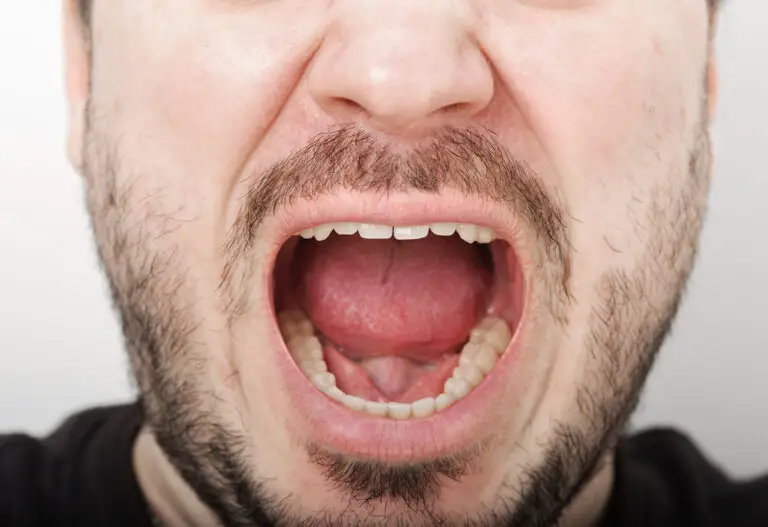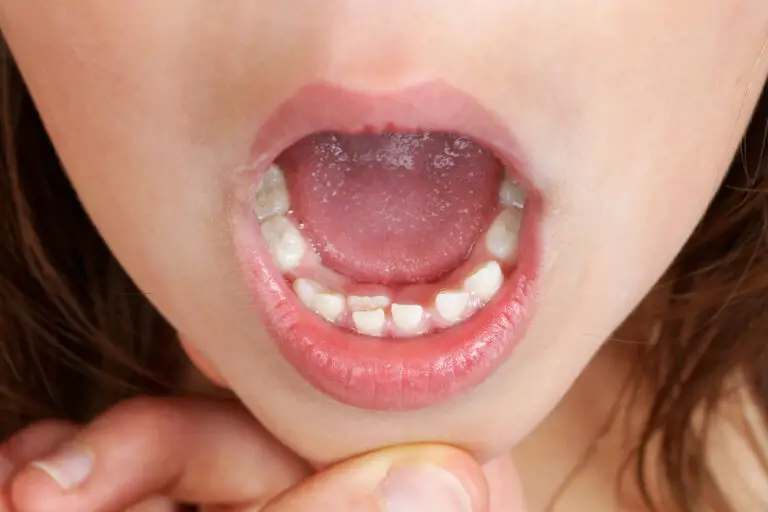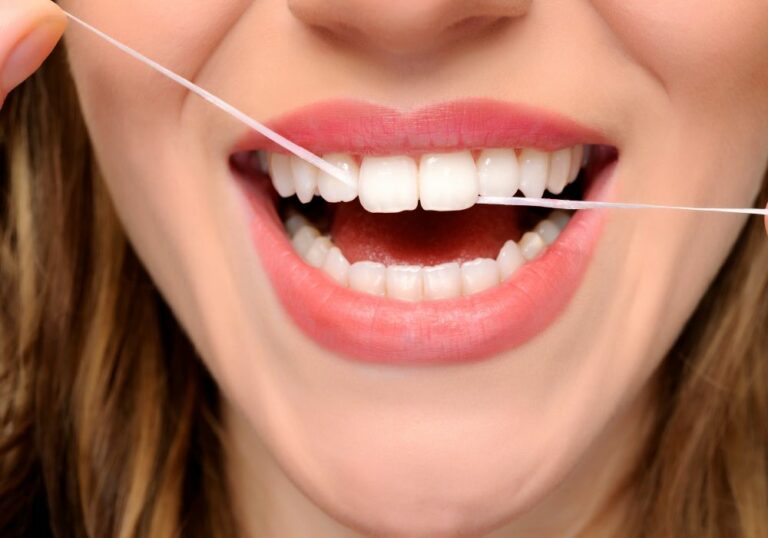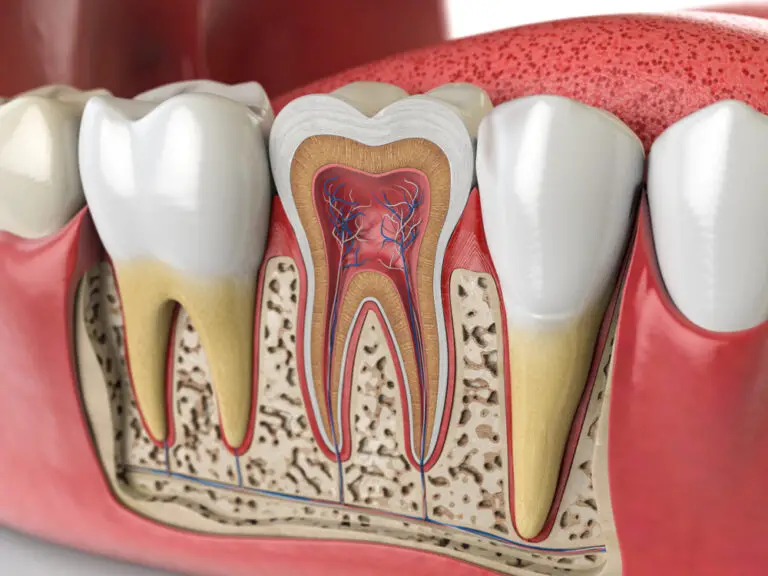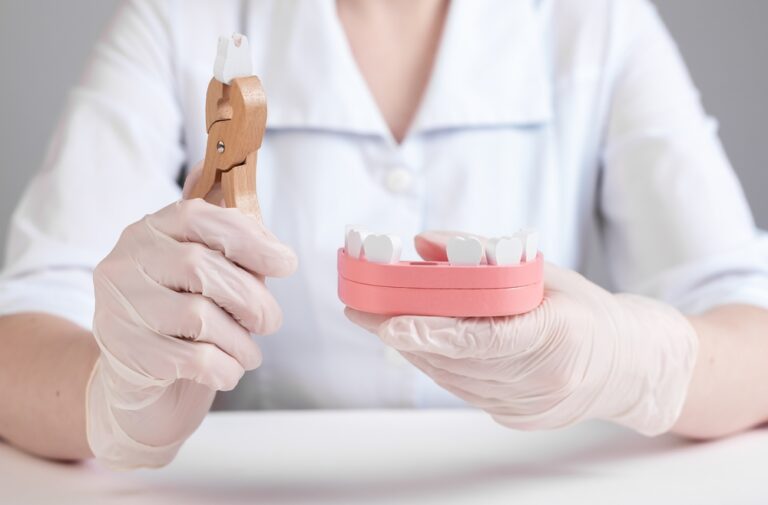Tooth decay and gum disease are two of the most prevalent dental conditions that can severely compromise tooth health and longevity if left untreated. While early intervention with proper dental care can often halt or reverse damage from tooth decay and gingivitis, at a certain point the destruction may be too advanced for the tooth to be saved. This article will take an in-depth look at the multitude of factors dentists carefully evaluate to determine when a tooth is beyond viable repair and extraction is deemed necessary.
Key Factors in Evaluating Extent of Tooth Decay

Dentists utilize a wide range of diagnostic criteria to thoroughly assess the extent of tooth decay and whether an infected tooth still has reasonable hope of being restored with a filling, crown, or root canal therapy. Here are some of the most important factors they consider:
Size and Depth of Cavity
- Very small cavities limited to the enamel outer layer can generally be well-controlled and corrected with fillings.
- Larger cavities that extend into the underlying dentin layer are more problematic, but can still often be successfully restored with bonded composite fillings or dental crowns.
- Extensive decay spanning multiple tooth surfaces, penetrating deep internal layers, or undermining cusps and grooves signifies advanced decay that likely precludes repair.
Remaining Tooth Structure and Integrity
- Teeth can still be restored if over 50% of the original healthy tooth structure remains intact. But when less than 50% is left, there is generally inadequate tooth structure to properly support a filling or crown.
- Decay around the gumline jeopardizes tooth longevity by causing cracks and fractures. The proximity to the pulp tissue also increases likelihood of infection requiring extraction.
- If the tooth’s overall structural integrity is severely compromised by decay, restoration is very difficult even if some regions of enamel remain.
Progression and Recurrence of Decay
- Repeated failed restorations due to recurring decay indicate the disease process cannot be adequately controlled. Ongoing decay around old fillings shows the tooth’s defenses have been overwhelmed by bacteria.
- New tooth decay surfacing at the margins of existing restorations signals advanced, rapidly progressing disease that likely cannot be reversed with additional dental work.
Signs of Infection and Inflammation
- Persistent pain, sensitivity, swelling, and abscesses linked to the affected tooth reflect irreversible pulpitis. The tooth is internally infected and cannot be salvaged.
- Fistulas (draining pus) and cellulitis (facial swelling) indicate rampant infection that necessitates extraction.
Exposure of Inner Tooth Structures
- If the decay penetrates through the enamel completely, exposing the softer dentin underneath, restoration becomes less predictable.
- Once the pulp chamber is opened, infection of the tooth’s nerves and blood vessels is inevitable. The tooth cannot be saved at this point.
Number of Teeth Involved
- Isolated decay in one tooth has a better prognosis than multi-tooth decay which reflects poor oral environment.
- When several teeth are equally affected by rampant decay, it becomes doubtful that any can be restored.
Here is a table summarizing the thresholds and criteria dentists use to gauge when tooth decay is too severe for restoration:
| Parameter | Threshold Indicating Likely Non-Restorable |
|---|---|
| Depth of decay | Into inner dentin layer or nearing pulp |
| Cavity size | Encompasses multiple surfaces or >50% of tooth |
| Remaining tooth structure | Less than 50% intact |
| Structural integrity | Compromised by fractures, cracks, or undermined cusps |
| Recurrent decay | Around existing restorations |
| Signs of infection | Abscess, fistula, pus, swelling |
| Pulp exposure | Visible pulp chamber or root canals |
| Number affected | Multiple teeth involved |
Assessing Periodontal Disease Severity

Advanced gum disease is another condition that can culminate in non-restorable teeth requiring extraction. Some clear indicators that periodontal disease has progressed to an untreatable stage where tooth loss is imminent include:
- Periodontal pocket depth – pockets exceeding 5-6mm signify substantial alveolar bone loss around tooth roots. At 7-8mm and beyond, the root structures are severely undermined.
- Tooth mobility – late stage periodontal disease leads to increasing looseness of teeth. Grade 2 mobility and higher indicates advanced bone loss.
- Tooth positioning – teeth drifting out of alignment or overlapping other teeth are signs of diminished bone support.
- Receding gums – if the gums shrink away from the teeth, it allows decay on exposed root surfaces and increases tooth mobility.
Gingival enlargement or suppuration – swollen, bleeding gums that fail to respond to scaling and root planing signify continuing destruction.
- Tooth abnormalities – loose teeth often develop secondary decay at the gumline or abscesses at the root tips as disease progresses.
- Bone loss on radiographs – vertical bone loss past the tooth apex or severe horizontal loss indicates non-restorable disease.
Radiographic Assessment of Bone Loss
Dentists also utilize radiographic imaging to visually confirm bone loss quantitatively around compromised teeth:
- Vertical bone loss extending more than 2-3mm past the cementoenamel junction (CEJ) indicates moderately advanced bone loss.
- Vertical bone loss exceeding the apex of the tooth root signifies extreme bone loss and non-restorable prognosis.
- Horizontal bone loss greater than 50% of the root length predicts lack of stability and necessity for extraction.
- Angled X-rays clearly depict deep periodontal pockets and furcation involvement indicating hopeless prognosis.
Here is a summary of the key bone loss thresholds beyond which teeth have very poor prognosis:
| Parameter | Threshold Indicating Non-Restorable Tooth |
|---|---|
| Vertical bone loss | Beyond apex of tooth root |
| Horizontal bone loss | More than 50% of root length |
| Periodontal pockets | Deeper than 6mm |
| Furcation involvement | Grade 2 or higher |
Factors That May Still Allow Tooth Preservation
Despite clear indicators that a tooth is severely compromised, there are some situations where a dentist may still attempt to save it with aggressive intervention:
- Strategic value – For front teeth or canines critical for function and aesthetics, maximum efforts are made to save them with root canals, apicoectomies, regenerative therapy etc.
- Lack of alternatives – If it is the only remaining tooth abutment available to support a bridge, heroic measures may be attempted to preserve it.
- Patient insistence – Some patients adamantly oppose extraction and insist on keeping the natural tooth as long as possible, causing dentists to delay extraction.
- Poor extraction prognosis – Impactions, nerve proximity, infections, or other issues may make extraction too complex so the tooth may be maintained and stabilized as possible.
But such scenarios represent exceptions. For majority of cases with clear signs of untreatable decay or severe periodontal disease, most dentists will still recommend extraction and replacement with an implant, bridge, or removable partial denture to prevent further problems.
Options for Replacing Non-Salvageable Teeth

When a non-restorable tooth requires extraction, several excellent options exist to replace it and maintain your smile:
Dental Implants
- Implants involve surgical placement of a titanium anchor into the jawbone that mimics a natural tooth root. Realistic porcelain crowns, bridges, or dentures can be securely fastened to implants.
- Implants help maintain surrounding bone and do not rely on nearby teeth for support. They are the closest substitute to natural teeth.
Dental Bridges
- Bridges span the gap of a missing tooth by cementing crowns onto natural teeth adjacent to the space. The crowns are linked together by false teeth to “bridge” the gap.
- Bridges provide a cost-effective tooth replacement option that does not require surgery. But they depend on the abutment teeth for support.
Removable Partial Dentures
- Partial dentures have an acrylic base holding artificial teeth that can readily be unclipped from the mouth for cleaning.
- Partial dentures offer an affordable way to replace multiple missing teeth but may require relining over time. They tend to be less comfortable than fixed options.
No Tooth Replacement
- If back molars without aesthetic concerns are extracted, the gap can be left to naturally close as nearby teeth drift.
- But this risks tooth movement and bite collapse, so discussing restorative options with your dentist is wise.
Have an in-depth discussion regarding the optimal tooth replacement solution for your situation if faced with extraction of a non-restorable tooth.
Can Extractions Be Avoided or Delayed?
Once a tooth is diagnosed as non-restorable, patients often ask if extraction can be avoided or postponed using other measures:
- For decay – Interim fillings, pulp caps, root canals, or apicoectomies may provide temporary relief but seldom avoid eventual extraction.
- For advanced periodontal disease – Deep cleanings, antibiotics or antimicrobials, and excellent home care can help stabilize disease but the prognosis remains very poor long-term.
Such heroic measures may buy some additional time before extraction, but often at the expense of proper function. With clear evidence of extensive structural damage or irreversible pulpitis, the tooth’s fate is typically sealed regardless of attempted palliative care. However, discussing options with your dentist can provide a fuller perspective.
Importance of Preventing Tooth Loss

The best approach is to proactively prevent dental disease through:
- Impeccable oral hygiene with proper brushing, flossing, use of antimicrobials to control bacteria. Professional cleanings every 6 months also protect oral health.
- Early detection and intervention – Seeing your dentist quickly when problems arise like cavities, cracked teeth, or gum infections allows for more effective treatment before extensive damage occurs.
- Regular dental exams every 6-12 months even when no problems are apparent. Checkups identify issues early when they are most treatable.
Prevention and prompt care maximize the longevity of your natural teeth. Though some teeth may still eventually require extraction due to trauma, congenital defects, or other causes, diligent daily care and maintenance halts progression of dental disease. Partner closely with your dentist for optimal oral health.
Conclusion
Extensive untreated tooth decay and advanced periodontal disease can destroy teeth to the point where restoration is impossible. But there are many preventive steps you can take to avoid this outcome and maintain your natural teeth for life. Make oral health a priority, see your dentist regularly, and promptly treat any problems before they escalate. Your teeth should serve you well for decades if you care for them properly. Remember to see your dentist if you have any concerns about your oral wellbeing.
Summary
- Severe decay affecting multiple tooth surfaces or penetrating inner layers indicates likely extraction.
- Gum recession beyond the root surface, periodontal pockets over 6mm, grade 2 mobility, and substantial bone loss also reflect non-restorable teeth.
- However, some strategic or structurally critical teeth may still be attempted to be saved.
- Replacement options after extraction include dental implants, bridges, partial dentures, or leaving a gap.
- Palliative measures can sometimes briefly prolong tooth life but usually only temporarily.
- Focus on prevention and early intervention for optimal lifelong dental health.

